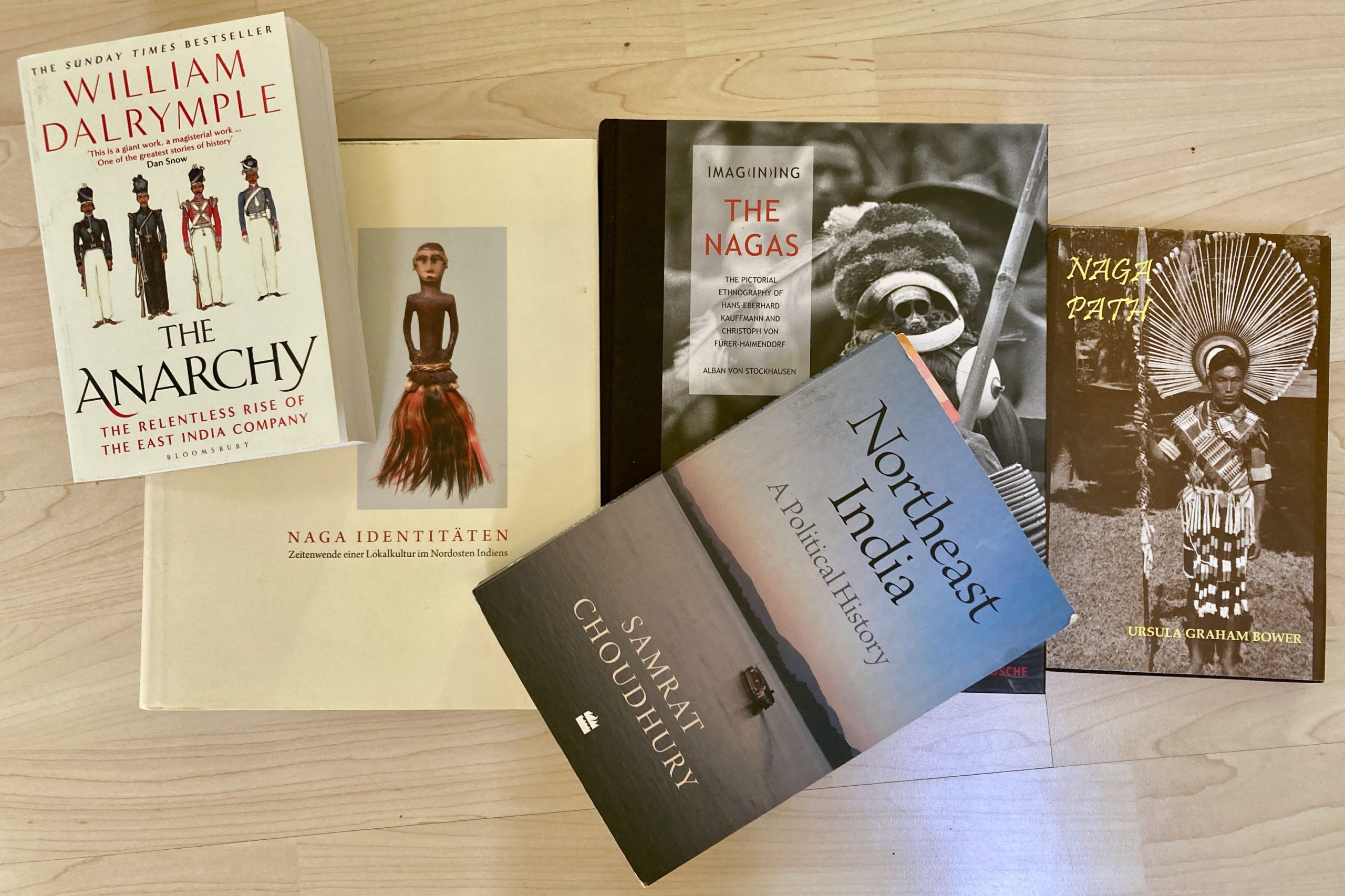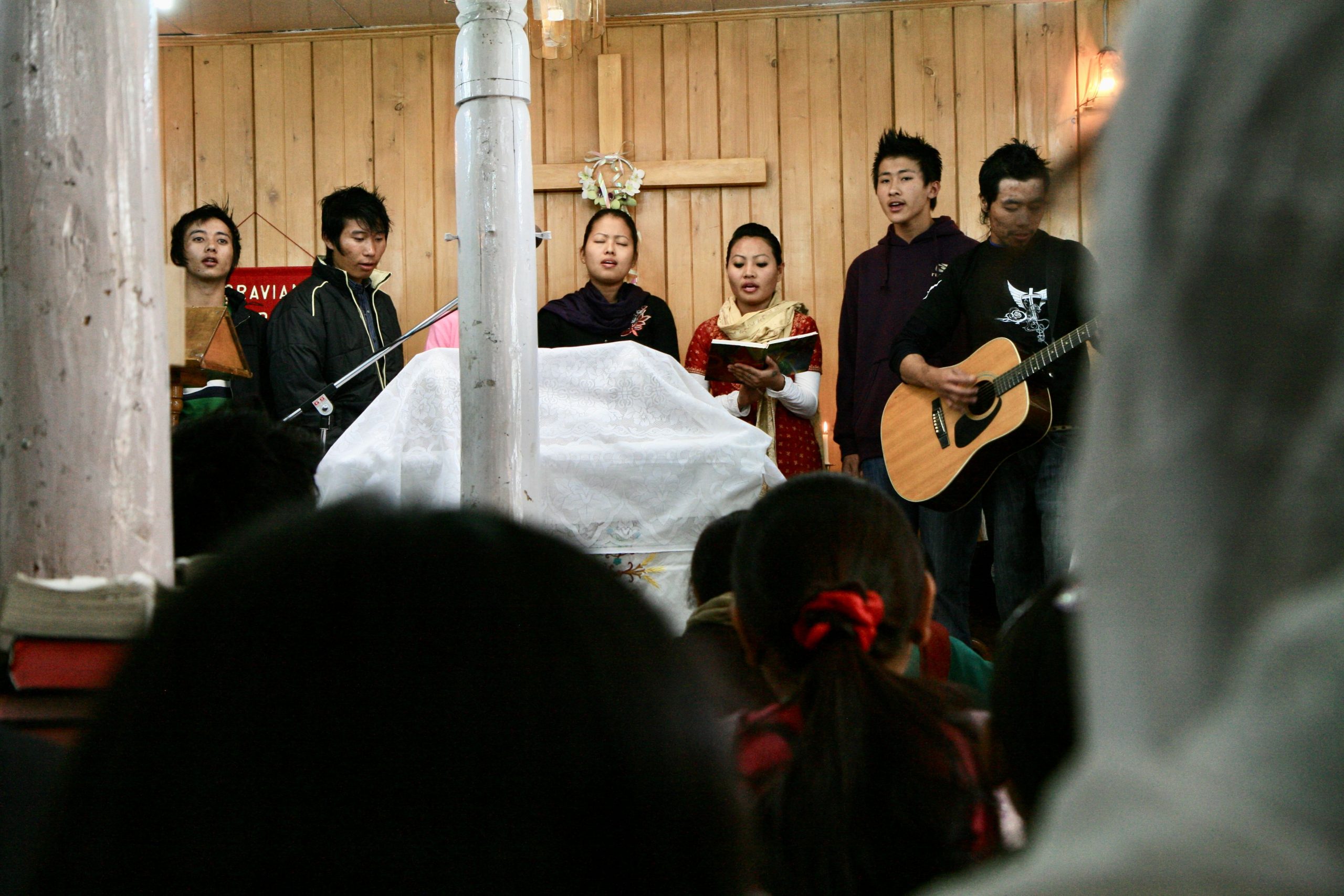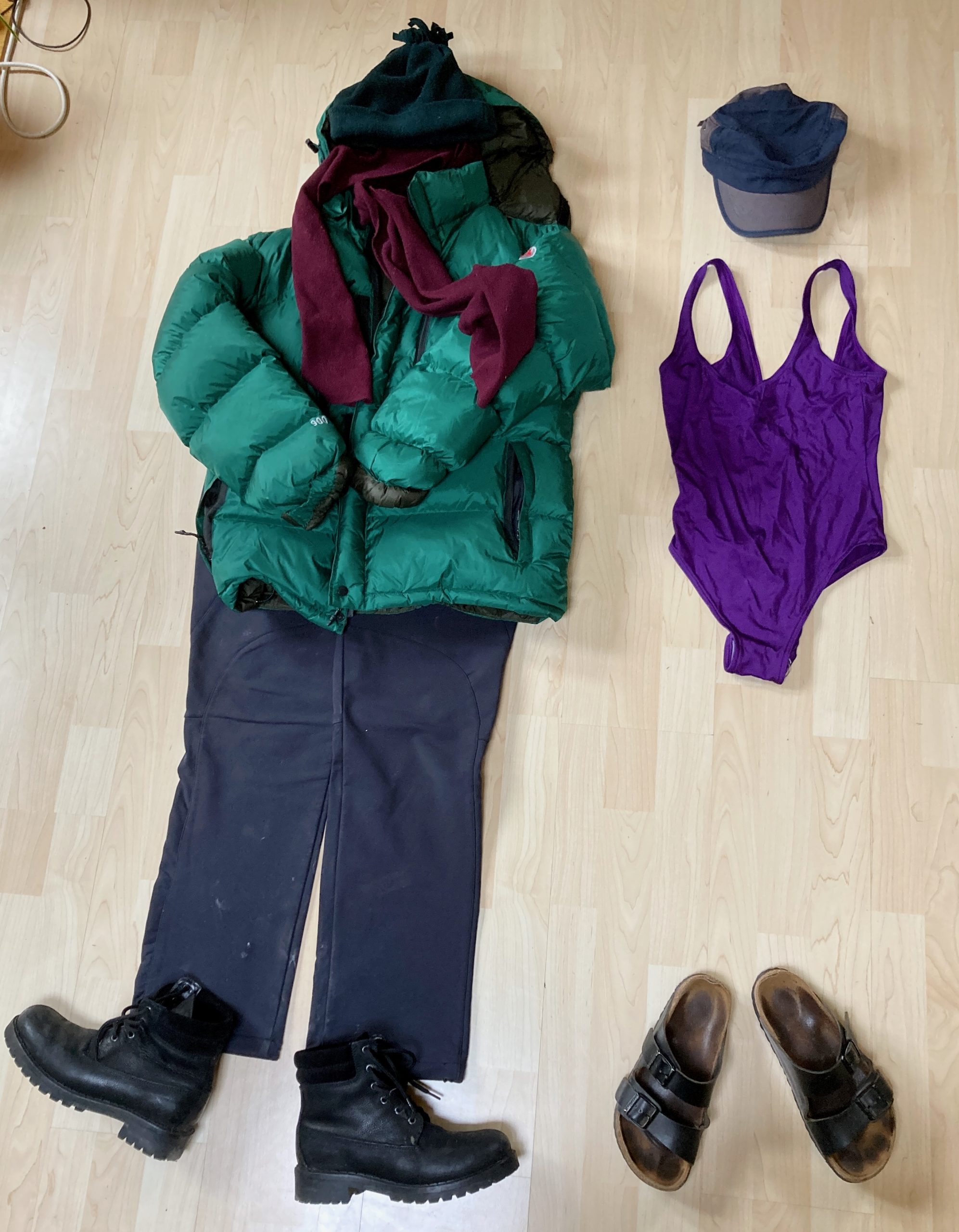Northeast India – before the trip
3. November 2025

My head is full of information and buzzing!
I’m traveling for five weeks to a region of India I’ve never been to before. Usually, you can easily distinguish India’s regions by their individual states and talk about each of them separately — they’re mostly quite distinct units. Not so in Northeast India, which consists of seven states (Arunachal Pradesh, Assam, Nagaland, Meghalaya, Mizoram, Tripura, and Manipur). These states are rarely visited individually; while they are distinct from one another, they’re generally perceived as a single region. I’ll be visiting four of them — and will, of course, have too little time for each. But a) my curiosity makes me eager to get at least a taste of many things, and b) the first three weeks will serve as exploration and preparation for leading a tour during the following two weeks. And this journey (by/for Diamir) already leads through three states (Assam, Arunachal Pradesh, and Nagaland), but while doing my research, I found myself irresistibly drawn to state number four: Meghalaya.
But maybe I should really start from the beginning. I remember that in 1995, on my way to Darjeeling, I spent a long time on the train in a compartment with five Indian women who didn’t know each other. They were chatting — in English, since it was their only common language. One of the women was from — I think — Meghalaya, though it might have been Nagaland. She had been visiting her husband, who was in the army, in Delhi. Then the women started talking about snakes, and that one woman told how, for a while, they had a snake that more or less lived in their house — and that there were always some around from time to time. She said it wasn’t exactly pleasant. That was the first time I ever heard about those far eastern states — and, back then, I definitely didn’t want to go there. Because of the snakes.
When I was back in Sikkim in 2013 and 2015, we often talked about tourism — where it was still sustainable and responsible, not overcrowded yet, but perhaps on the brink of a big boom — namely, in those seven northeastern states. There was (and still is) something called the Hornbill Festival, where everyone would wear their traditional clothing, dance, sing, and celebrate. At the time, I thought the festival had been created mainly to attract tourists and to promote the region with its supposed authenticity and folklore. I imagined it as rather superficial — and so I still didn’t really want to go there.
And then, that one year in Ladakh, I also went to the Moravians when they were holding a church service. I wrote about it in my blog at the time:
to me, wore me down — I lost. I had actually planned to devote a more in-depth report to them. But after the service, all I wanted was to run away and have nothing more to do with Christians. Not that they weren’t kind — they were. But they were also so passionate. Trilingual. Packed to the brim. Two hours long. You sat shoulder to shoulder in the small room. Gender-segregated: men on the left, women on the right. You stood up and sang (in Ladakhi and English). You prayed. You listened to the pastor’s words. You listened to the songs of the guest group from Manipur/Nagaland. You listened to Joycee’s story. Joycee had received a sign from God. She comes from a Christian family and had always imagined her life married, with children and a job. She found a man — but he only brought her misery. Now she knows: God has other plans for her. She is meant to dedicate her life to saving lost souls. That’s what she told the congregation, and the pastor translated everything. People smiled at her kindly. The babies that had been brought along sometimes whimpered and were promptly pressed to the breast. I left the room before they began preparing for communion..
Aaah, there seem to be so many Christians there. Yet another deterrent!
 Christians from Nagaland in Ladakh
Christians from Nagaland in Ladakh
And then there was that time I took a 33-hour train from Delhi to Goa, when my laptop got stolen — and all around me were law students from Nagaland. They were Christian too, but incredibly kind. They kept inviting me, again and again, to come visit them in their home state someday!
At some point, I managed to suppress my tourist folklore and Christian-horror bias and started getting a bit more curious. Actually, what drew me most was Arunachal Pradesh — with its stunning Himalayan mountains and the famous Tawang Monastery. But since it borders Tibet, it’s subject to various travel restrictions — for example, foreigners aren’t allowed to travel there alone, and not everywhere in general. When I was working at Diamir as a product manager for India (among other regions), I oversaw all the India trips — except one. A long-standing special group tour to Northeast India remained with the people who had been handling it for years. It was one of those trips for which there were no good Indian German-speaking guides available, so someone from Germany was always sent instead. That was usually an ethnologist, who eventually lost interest. When I left Diamir’s office job, I asked if I could continue working for them as a tour leader — which, when I had originally looked at their job postings, had actually been my plan. And maybe I could lead that particular tour, for example. I promised I’d do lots of research beforehand.
ChatGPT said:And that’s how I got started. And pretty quickly, the “head buzzing” I mentioned in the first sentence set in. There are countless tribes living in this region — and each of them has subgroups, meaning small communities of just a few people who are a bit different even from those in the next village. My head is spinning with names, places, customs, and peculiarities. And each of these areas has its own distinct history, which makes it all the more confusing. On top of that, I’m the kind of person who usually prefers to gather information after being somewhere — once I’ve seen it, everything makes more sense. But since I’ll be leading a trip, advance research is definitely in order this time..
But there are also a few commonalities:
- Since India has only one time zone (based on Delhi time) but stretches very far from east to west, it gets light and dark extremely early here
- All of these states share a border with another country
- They have similar political administrative structures (in some of them, the Sixth Schedule applies to ensure protection and self-governance)
- The past was marked by conflicts, for example between the tribes and the Britishers
- Overall, there is a very high percentage of Christians and extensive missionary activity
- By land, the region is accessible only through a narrow corridor from West Bengal, and due to its remoteness, few “mainland Indians” are familiar with it
I don’t want to present too much with my prior knowledge — I will always connect it to my experiences as I go. I’ll have to (and want to) talk with people on the ground anyway, and then that “head knowledge” might not be real knowledge at all, but rather something to be discussed and rethought together.
After that, there will be more blogs following on, all thematically connected. I’ll be staying for almost three months, and I find packing really challenging — I need a down jacket, a swimsuit, and everything in between!
 Packing problems
Packing problems
But for now, it’s off to Delhi, and then the blog posts begin. I’m excited and a little restless!
